Mahjong was introduced to the United States in the early 1920s and continues to grow in popularity in the United States, and we are taking notice. Men and women find it to be a creative, challenging, and a fun way to bring friends together, often forming social groups much like Bridge or Book Clubs. More Than Paper always knows when a pop culture activity is trending as the stationery & gift industry takes note and products following the theme follow suit. In the last year, Mahjong products have been popping up everywhere on bags, notepads, address labels, journals, and more. We wanted to learn more about this ancient game with modern popularity – so we dug in. Here’s what we found out!
History
Mahjong is a traditional Chinese game that dates to the Qing Dynasty (around the mid-19th century.) It has been said that Mahjong was created by Confucius, who played a similar game with cards made from bamboo, though appears more myth than fact. It is believed to have evolved from earlier card games and tile games in China.
By the 1840s, Mahjong began to take shape as a distinct game, particularly in the coastal provinces. It was originally played with 136 tiles (today it is 144) but evolved to include additional tiles and variations. Mahjong became popular among Chinese elites and was often played in social gatherings. It was seen not only as entertainment but also as a means of fostering relationships and demonstrating skill, like it is today.
Traditionally played by four players, Mahjong combines elements of skill, strategy, and luck. The main goal is to build a winning hand of tiles consisting of four “melds” and one pair.
How to Play
Game Components
· Tiles: A standard Mahjong set consists of 144 tiles, divided into several categories:
o Suit Tiles: Bamboos, Characters, and Dots.
o Honor Tiles: Winds (East, South, West, North) and Dragons (Red, Green, White).
o Bonus Tiles: Flowers and Seasons (optional in some versions).
Setup
1. Players: Gather four players. Each player sits around a square table.
2. Tile Arrangement: Shuffle the tiles face down and build a square wall (18 tiles long and 2 tiles high) in the center of the table.
3. Drawing Tiles: Each player draws 13 tiles (14 for the dealer) to begin the game.
Gameplay
1. Starting the Game: The dealer (East Wind) begins by discarding one tile, which starts the discard pile.
2. Player Turns: Players take turns in a clockwise direction:
o Draw a Tile: Players can either draw a tile from the wall or take the tile from the discard pile.
o Form Melds: After drawing, players can form a meld by:
§ Pong: Three identical tiles.
§ Chow: A sequence of three tiles in the same suit (only from the player to the left's discard).
§ Kong: Four identical tiles (can be declared during your turn).
o Discard a Tile: End your turn by discarding one tile.
3. Winning the Game: A player wins by forming a complete hand of four melds and a pair. When a player declares victory, they usually shout "Mahjong!"
Scoring
Scoring can vary depending on the version (there is a different one released each year). Points are awarded for specific combinations, honors, and bonuses. Familiarize yourself with the scoring system before starting, this will be found in your kit.
Tips for New Players
Familiarize yourself with the different tiles if you are just starting out. Staying observant during the game is the best way to win— always keep an eye on what other players are discarding and collecting. It’s also recommended to practice strategy. Balance offense (building your hand) with defense (preventing others from winning) is key to be victorious, just like other card games or individual games.
Grab Your Friends
Why not try learning this ancient game that is gaining so much momentum? Host a game night with a few of your friends and start playing. Use digital invitations or a group text message chat to inform your guests about the date, time, and location of the game night. Create a sign-up genius so that everyone can bring something to eat or drink, or if you are feeling up to it, be the hostess with the mostess and provide the food and beverages! Make sure you have tile sets and square tables for 4. If this is a new group who has not played before, you will want to explain the rules and do a few practice rounds. With any luck, your group will catch on quickly and you will all be experts in no time, creating a group who meets routinely for comradery and mahjong.
Mahjong Lover Gifts
Do you know a Mahjong enthusiast? We have gifts for Mahjong masters and lovers at More Than Paper. Here are some of our favorites.
1. These themed cocktail napkins, “Get your Mahjong On” are perfect if you are hosting a Mahjong get together, or if you’d like to thank the host with a cute gift.
2. Keeping score just got a whole lot cuter with these personalized mahjong score pads that are on sale for 10% off.
3. Unfortunately, life is not all mahjong, there are other things to be done! Check out these to-do list pads that are mahjong themed.
These non-personalized pads ship quickly and are just $18.00 each for a 100-sheet pad. And our best-selling budget-friendly notepad (at just $7) is this!
4. We love these chunky notepads that include 200 sheets.
5. This washable canvas bag is mahjong themed and perfect for your travels!
We hope you have fun learning a new game and jumping on this bandwagon if you haven’t already. Happy Mahjong playing!

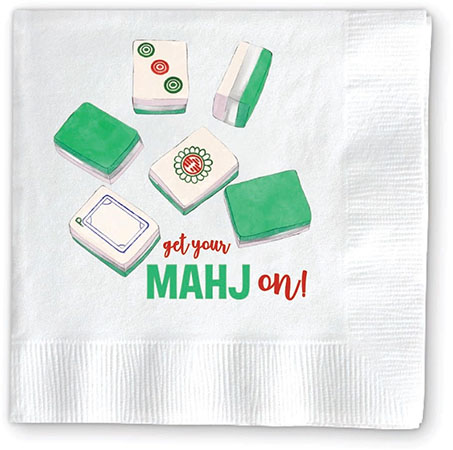
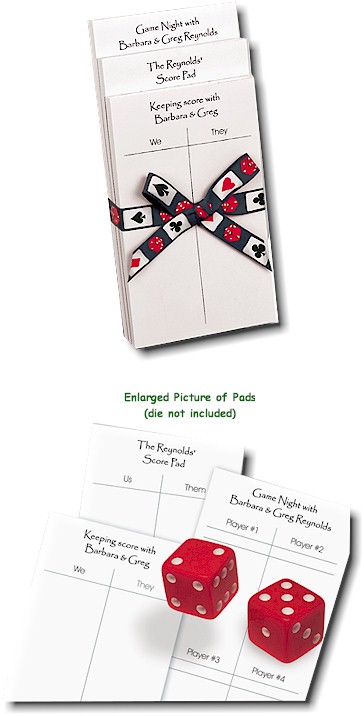

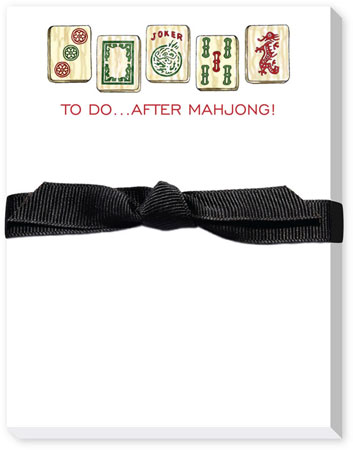
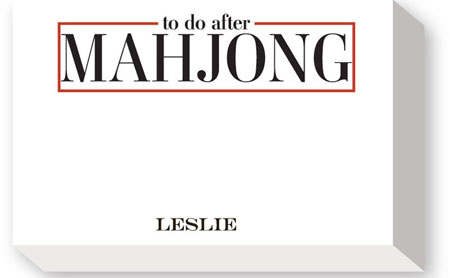
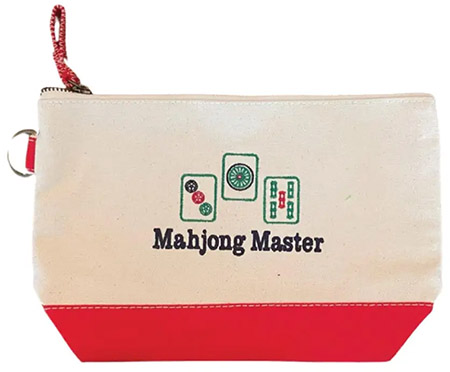
No comments:
Post a Comment